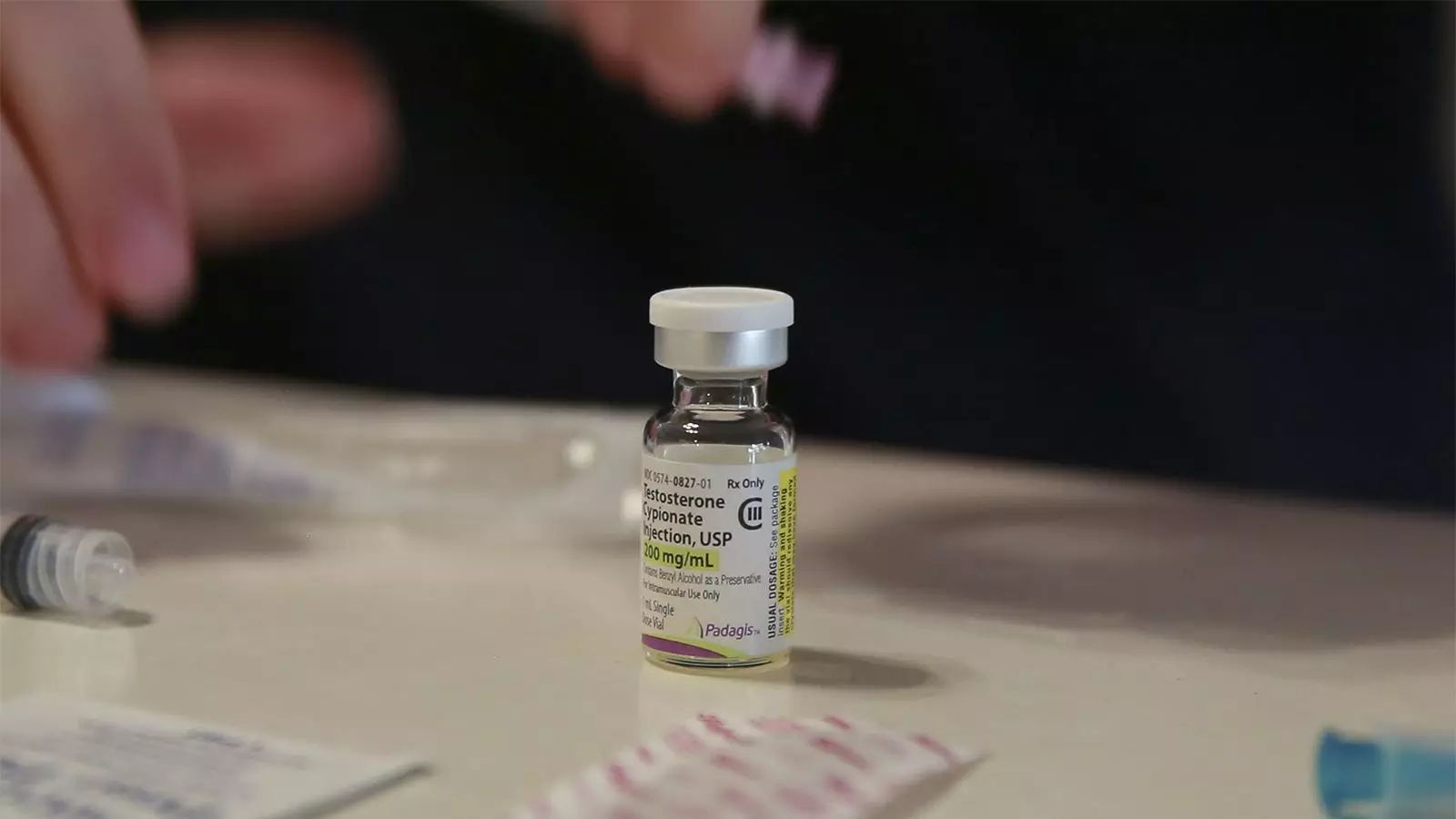As the discourse around healthcare for transgender youth intensifies, particularly in the United States, the absence of accurate data has perpetuated misinformation and exaggerated assertions. With a crucial medical journal recently publishing new findings, there is an opportunity to illuminate the realities of gender-affirming medications among adolescents. This article takes a comprehensive look at the study’s implications, while also examining the surrounding societal and legislative environment.
Research from a recent study published in JAMA Pediatrics provides the most precise estimates to date regarding the prevalence of gender-affirming medications among U.S. adolescents with commercial insurance. The data reveals that fewer than 1 in 1,000 adolescents have received either puberty blockers or hormones over a recent five-year span, a figure that starkly contrasts with the public perception fueled by political rhetoric. Specifically, the researchers examined an extensive claims database encompassing over five million patients aged 8 to 17, noting that only 926 adolescents were prescribed puberty blockers, and 1,927 received hormone treatments between 2018 and 2022. This translates to less than 0.1% of the youth population represented in the database.
Importantly, the research indicated that no patients under the age of 12 had received hormone prescriptions, underscoring a cautious, well-regulated approach among healthcare providers when determining appropriate treatment timelines for young patients. Lead author Landon Hughes expressed hopes that these findings would provide a more balanced and factual understanding of gender-affirming care accessibility, countering the often sensationalized narratives circulating in public debate.
The study arrives at a critical point when numerous states are enacting or considering laws to restrict access to gender-affirming medical care for minors. Currently, at least 26 states have legislated such restrictions, leading to escalating lawsuits and a broad spectrum of judicial challenges, including a pivotal case set to be reviewed by the U.S. Supreme Court. The legal landscape is increasingly polarized, with implications for not just transgender youth but healthcare providers navigating potentially perilous terrain in their practice.
Political rhetoric surrounding these issues is emblematic of a larger cultural struggle over LGBTQ+ rights and recognition. Former President Donald Trump has notably positioned himself against protections for transgender individuals, further complicating the prospects for equitable healthcare access. As the nation grapples with these contentious matters, accurate data demonstrating the actual prevalence of medical interventions for transgender youth emerges as a beacon of clarity amidst the noise.
It is crucial to recognize that not all transgender adolescents choose to pursue hormonal treatments or surgeries. Individual experiences and expressions of gender identity vary significantly, highlighting the importance of personalized care. Dr. Scott Leibowitz emphasizes the need for comprehensive healthcare approaches that encompass adolescent identity development—not merely focusing on medical procedures but addressing broader psychological and emotional aspects of care. In this context, integrating the family into the healthcare process offers a supportive framework for youth exploring their gender identity.
The concern for young people’s well-being also fosters a greater conversation about education and awareness surrounding gender identity. Families and caregivers must be equipped with relevant, science-based information to support their youth effectively. Healthcare professionals can serve as vital allies in this process, working collaboratively to encourage informed, compassionate decision-making that prioritizes the individual’s unique circumstances.
Accurate data on transgender youth and healthcare access invites a necessary re-examination of the societal narratives constructed around this sensitive issue. As laws continue to shift and public opinion sways, it remains imperative for advocates, policymakers, and healthcare providers to rely on factual information rather than conjecture. Moving forward, embracing detailed research such as the JAMA Pediatrics study can pave the way for informed dialogue around the needs and rights of transgender youth, ultimately fostering an environment that prioritizes their health and well-being.


Leave a Reply